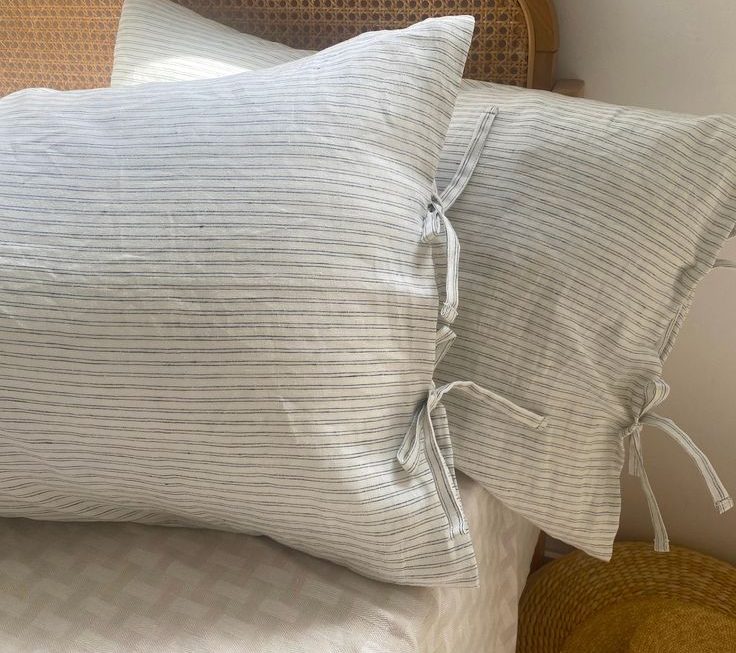Tar is a sticky, dark substance that can be difficult to remove from carpets. Whether it’s from a tar-based roof, a tar-filled crack, or a tar-soaked toy, it’s important to act quickly to prevent the stain from setting.
Understanding Tar
Before diving into the removal process, it’s helpful to understand what tar is. It’s a thick, viscous liquid derived from petroleum, coal tar, or wood tar. Tar is often used in roofing, road construction, and other industrial applications. When it comes into contact with carpets, it can create a stubborn stain that can be challenging to remove.
Preparing for Removal
-
Gather Your Supplies: Before you begin, gather the following items:
- A putty knife or blunt object
- A stiff-bristled brush
- A degreaser or heavy-duty carpet cleaner
- White vinegar
- Dish soap
- Warm water
- Microfiber cloths or paper towels
- Disposable gloves
- A well-ventilated area
-
Clear the Area: Ensure the area around the tar stain is clear of any obstacles that could interfere with the cleaning process.

Removing the Tar
- Scrape Off Excess Tar: Use a putty knife or blunt object to carefully scrape off any excess tar from the carpet. Be gentle to avoid damaging the carpet fibers.
- Apply Degreaser or Carpet Cleaner: Pour a generous amount of degreaser or heavy-duty carpet cleaner onto the tar stain. Allow the cleaner to sit for several minutes to penetrate the tar.
- Scrub the Stain: Use a stiff-bristled brush to scrub the stain vigorously. Work from the outside of the stain inward to prevent it from spreading.
- Rinse Thoroughly: Rinse the area with warm water to remove any remaining degreaser or carpet cleaner. Use a microfiber cloth or paper towel to blot up excess moisture.
Use warm water and a mild detergent to clean the affected area of the carpet
While warm water and a mild detergent can be helpful for removing some types of stains, they may not be sufficient for stubborn tar. Tar is a sticky, oily substance that can penetrate deep into carpet fibers.
Here’s a more effective method for removing tar:
Scrape Off Excess Tar:
- Use a dull object: A putty knife or the edge of a credit card works well.
- Be gentle: Avoid damaging the carpet fibers.
Apply a Degreaser or Heavy-Duty Carpet Cleaner:
- Choose a product specifically designed for tar or oil stains.
- Follow the product instructions: Apply generously and let it sit for several minutes.
Scrub Gently with a Stiff-Bristled Brush:
- Work from the outside of the stain inward to prevent spreading.
Rinse Thoroughly with Warm Water:
- Use a clean cloth or paper towel to blot up excess moisture.
Repeat if Necessary:
- For stubborn stains, you may need to repeat the process.
Additional Tips:
- Consider using a commercial tar remover for particularly difficult stains.
- If the stain persists, consult a professional carpet cleaner.
- To prevent future tar stains, wear shoes when going outside in areas where tar may be present.
By following these steps and using the appropriate cleaning products, you can effectively remove tar from your carpet and restore it to its original condition.
Treating Stubborn Tar Stains
If the degreaser or carpet cleaner doesn’t completely remove the tar stain, you may need to try a stronger solution.
- Vinegar and Dish Soap Mixture: Combine equal parts white vinegar and dish soap with warm water. Apply the mixture to the stain and let it sit for 15-20 minutes. Scrub gently with a soft-bristled brush and rinse thoroughly.
- Commercial Tar Remover: For extremely stubborn tar stains, consider using a commercial tar remover. Follow the instructions on the product label carefully.

Consider using a carpet cleaner or deodorizer to eliminate any lingering odor
After removing the tar, there may be a lingering odor. To eliminate this:
- Carpet Cleaner or Deodorizer: Apply a carpet cleaner or deodorizer specifically designed for odor removal. Follow the product instructions.
- Baking Soda: Sprinkle baking soda over the area, let it sit for several hours, then vacuum it up. Baking soda is a natural odor absorber.
Drying the Carpet
Ensure the carpet dries completely to prevent mold or mildew growth.
- Blot Excess Moisture: Use microfiber cloths or paper towels to blot up as much moisture as possible.
- Increase Air Circulation: Open windows or use fans to increase air circulation in the area.
Drying the Carpet
After cleaning the tar stain, it’s important to dry the carpet thoroughly. Excess moisture can lead to mildew or mold growth.
- Blot Up Excess Moisture: Use microfiber cloths or paper towels to blot up as much moisture as possible.
- Increase Air Circulation: Increase air circulation in the area by opening windows or using fans.
- Avoid Walking on the Carpet: Avoid walking on the wet carpet to prevent it from becoming damaged.
-
Be careful not to damage the carpet fibers
Here’s a detailed guide on how to remove tar from your carpet without causing any harm to the fibers:
Scrape Gently:
- Use a blunt object, like a putty knife or a credit card, to scrape off any excess tar.
- Avoid aggressive scraping to prevent damaging the carpet fibers.
Apply a Degreaser:
- Choose a degreaser specifically designed for carpets.
- Apply it generously to the tar stain, ensuring it covers the affected area completely.
- Let the degreaser sit for several minutes to penetrate the tar.
Blot with a Microfiber Cloth:
- Use a clean, microfiber cloth to blot the degreaser and tar. Avoid rubbing or scrubbing vigorously.
- This gentle blotting action will help lift the tar without damaging the carpet fibers.
Rinse with Warm Water:
- Once the tar has been lifted, rinse the area with warm water using a clean, microfiber cloth.
- Continue blotting until all the degreaser and residue have been removed.
Use a Carpet Cleaner (if necessary):
- If the tar stain is still visible, apply a carpet cleaner specifically formulated for tar removal.
- Follow the instructions on the product label, and avoid over-applying.
- Again, use a microfiber cloth to blot and remove the cleaner.
Dry Thoroughly:
- Avoid walking on the wet area to prevent damaging the carpet fibers.
- Increase air circulation in the room by opening windows or using fans.
- Use a dehumidifier if necessary to speed up the drying process.
Additional Tips:
- Wear gloves to protect your hands from the degreaser and carpet cleaner.
- Work in a well-ventilated area to avoid inhaling harmful fumes.
- Test the cleaning solution in an inconspicuous area before applying it to the stain to ensure it doesn’t cause any discoloration.
- For stubborn tar stains, you may need to repeat the process several times.
By following these steps and using gentle techniques, you can effectively remove tar from your carpet without damaging the fibers.

Preventing Future Tar Stains
To prevent future tar stains, take the following precautions:
- Wear Shoes: Always wear shoes when going outside, especially in areas where tar may be present.
- Clean Up Spills Immediately: If tar spills on your carpet, clean it up as soon as possible.
- Use Tar Covers: If you’re working with tar, use tar covers or drop cloths to protect your carpets.
Blot the area with a clean, dry cloth to remove excess moisture
Before you blot the area with a dry cloth, you should first scrape off any excess tar. This will make the cleaning process more effective.
Here’s the correct sequence:
- Scrape off excess tar: Use a putty knife or blunt object to gently remove as much tar as possible.
- Blot the area: Once you’ve removed the excess, use a clean, dry cloth to blot up any remaining tar residue.
Remember, it’s important to work quickly to prevent the tar from setting.
Removing tar from a carpet can be a challenging task, but it’s possible with the right approach. By following these steps and using the appropriate cleaning products, you can effectively remove tar stains and restore your carpet to its original condition.



